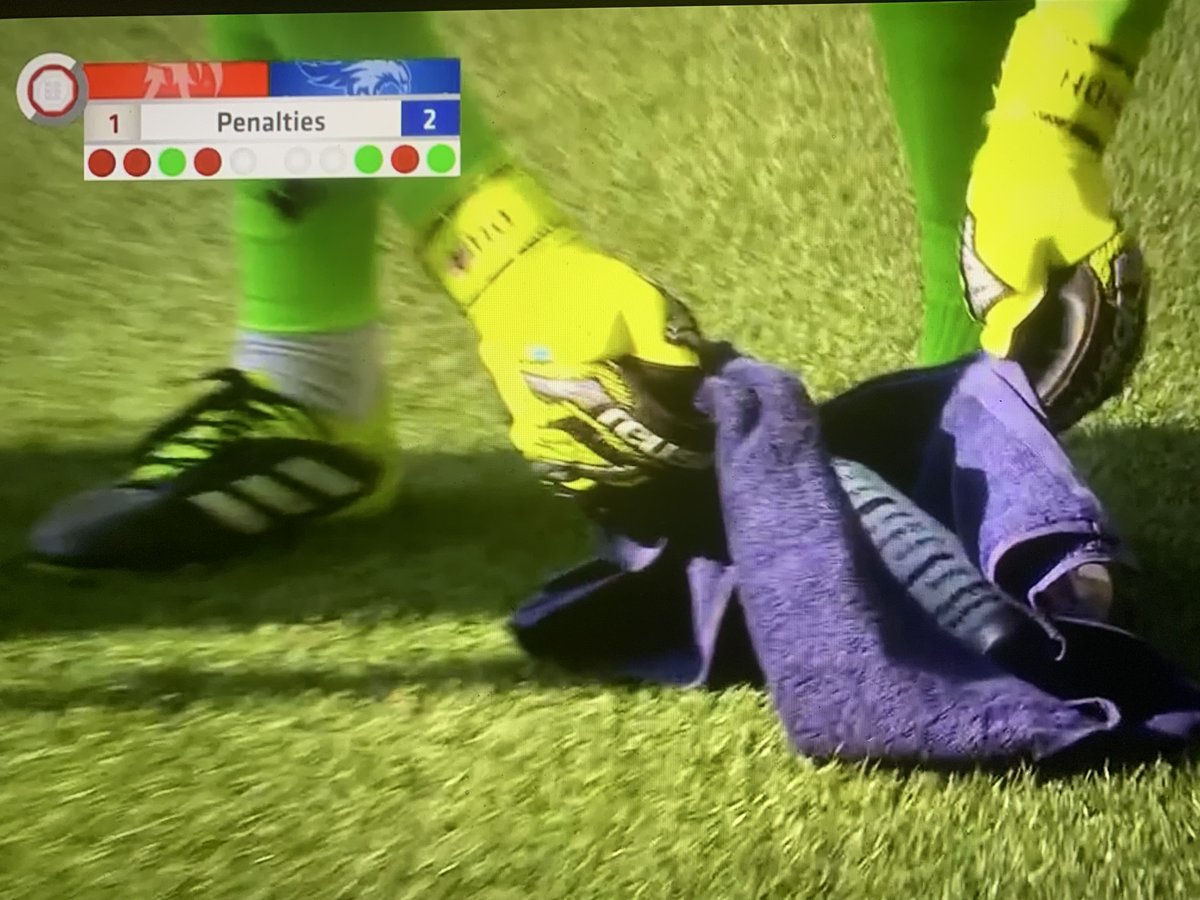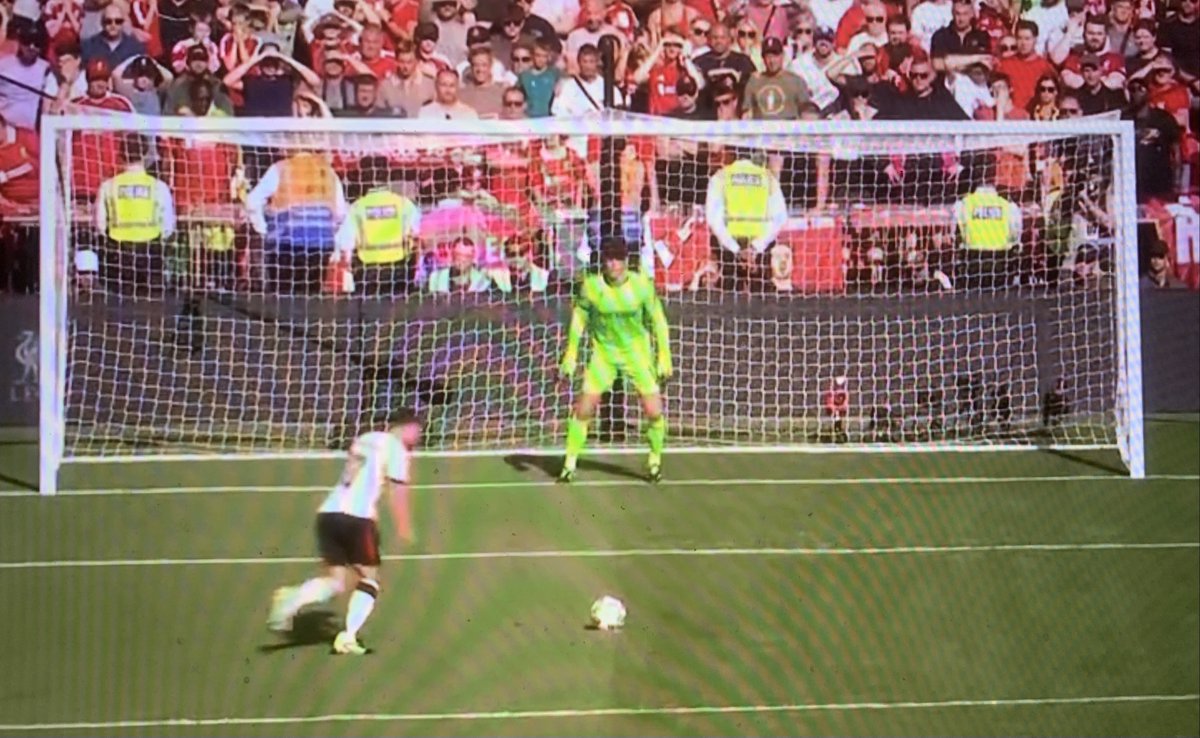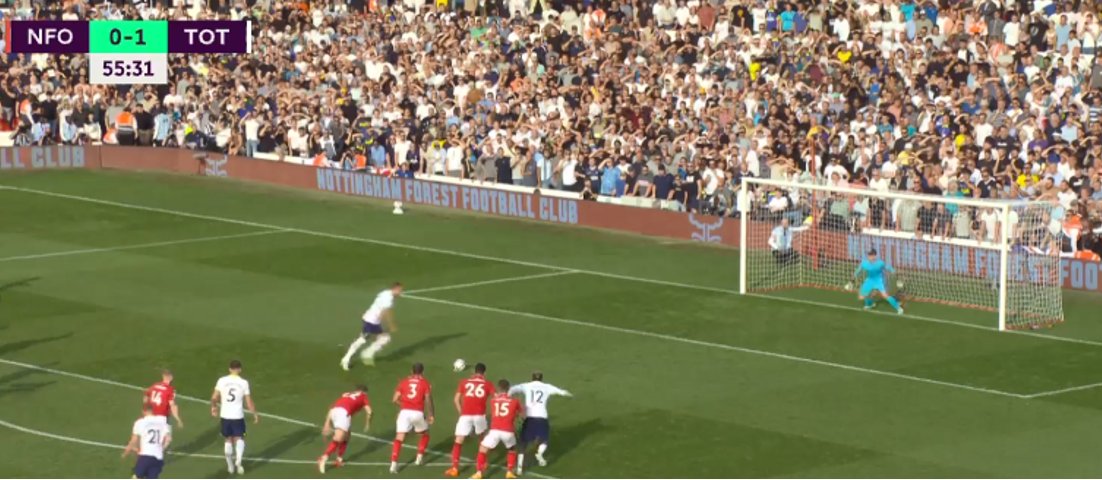The best football players have great awareness of their surroundings, even before receiving the ball. I started studying SCANNING in 1997. Since then, we have filmed & analyzed more than 250 professional players and 200 elite youth players. What have we learned? Thread 1/15.
We have produced 10 scientific publications on scanning in football, another 25 unpublished student theses/dissertations, and have discussed results with hundreds of players and coaches. Overall conclusion: The best players look at the game, others look (more) at the ball. 2/15 

A player scans when temporarily directing face/eyes away from the ball, to prepare actions with the ball. High scan frequency (scans per second) is linked with higher pass completion and more progressive passes. Result holds across match situations. frontiersin.org/articles/10.33… 3/15
Players in all positions and field locations will likely benefit from scanning, but some positions naturally scan more than others. At both Premier League and top U17/U19 level: Midfielders scan the most, forwards the least. frontiersin.org/articles/10.33… tandfonline.com/doi/full/10.10… 4/15 

Many of the top players in the game are/were extraordinary scanners. Of all players we have filmed these past 20+ years, Xavi Hernández is the one with the highest average frequency in a full game (measured last 10 seconds before receiving the ball): 0.83 scans per second. 5/15 

When interviewed and made aware of these numbers, Xavi: “(...) it's like an obsession. When I entered this room, I analyzed how the chairs, the tables were placed. I always want to sit where I can see the whole room. It's a reflex, I always do that.” sofoot.com/xavi-clearing-… 6/15
Scanning is as important for defending. In a student project, we found that premier league defenders guarding the box against crosses adopted a more open body orientation and scanned more frequently than reserve league/academy defenders. nih.brage.unit.no/nih-xmlui/hand… @NylandN 7/15
Timing is key. Elite players scan between teammates’ touches of the ball. When the ball is touched, it changes direction/pace, so they look at the ball. Between touches (or when the ball moves between players), nothing new happens with the ball, so they look at other events. 8/15 

The football match is so dynamic, fast-paced, and complex it challenges the limits of the eyes. Our eye tracking studies show elite players’ scans are quick (90% lasts less than 0.7 sec) and rarely involves fixation of the eye (less than 3% of scans). journals.plos.org/plosone/articl… 9/15
Scanning is never sufficient. To benefit from it, players need to actually pick up the information and convert it into action. Many complex cognitive operations are involved, but scanning provides an observable and manageable (i.e., “scoutable” and “coachable”) portal. 10/15 

Scanning can be trained. This is documented with adult professional players and academy players. It is easy and quick to increase scanning frequency. Takes more time to improve perception and subsequent actions with the ball. researchgate.net/profile/Geir-J… researchgate.net/publication/32… 11/15 
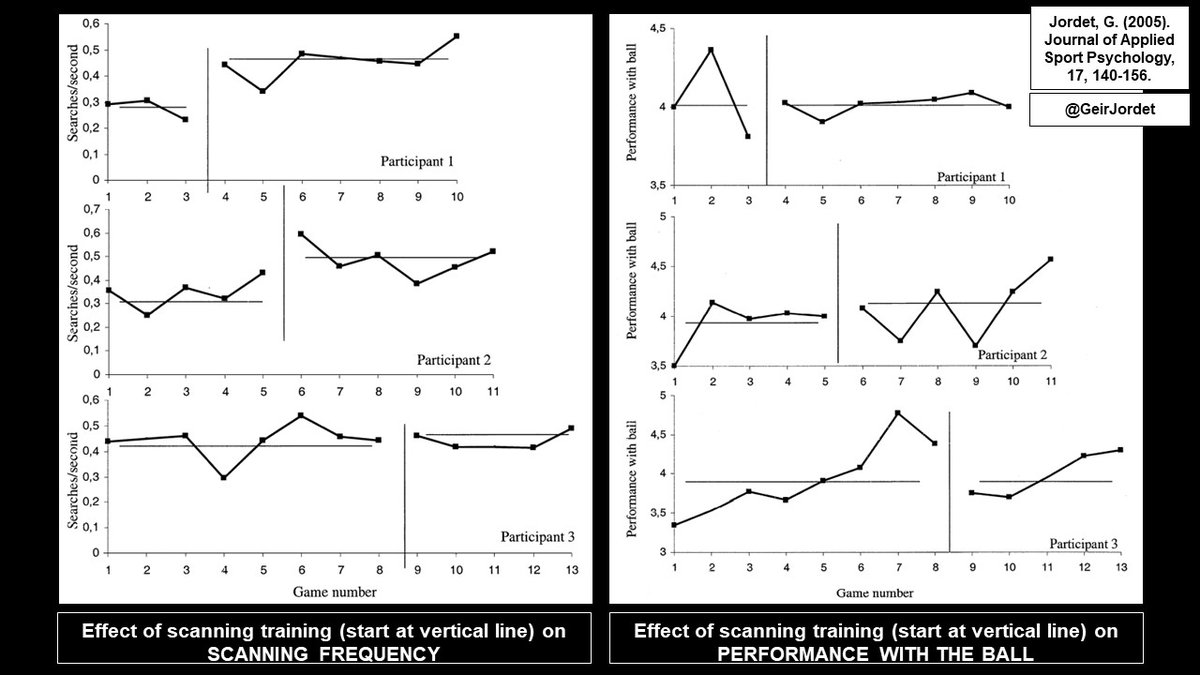
Make scanning a habit by starting training early! Just like we tell our kids to look to both sides before crossing a busy road, kids can be taught to look left and right before receiving the ball on a busy football pitch. Many elite players did this at a very young age. 12/15 

Game-based activities where players are required to pick up game-specific information are essential to develop scanning. To get many relevant repetitions, supplement with exercises where scanning is necessary for successful task solution. Video: SC Heerenveen first team. 13/15
Technology can accelerate the development of scanning. The best tools make you scan with optimal frequency and timing, perceive realistic and game-specific information, and act out your decisions. Here, Brighton/Stoke City’s Leo Østigård. beyourbest.com @leoskirio 14/15
Scanning does not reveal everything about a player’s match awareness, but it is ONE concrete indicator that can be measured, scouted, and coached. Greater knowledge and integration of scanning will make the game richer and better for players, coaches, analysts, and fans. 15/15 
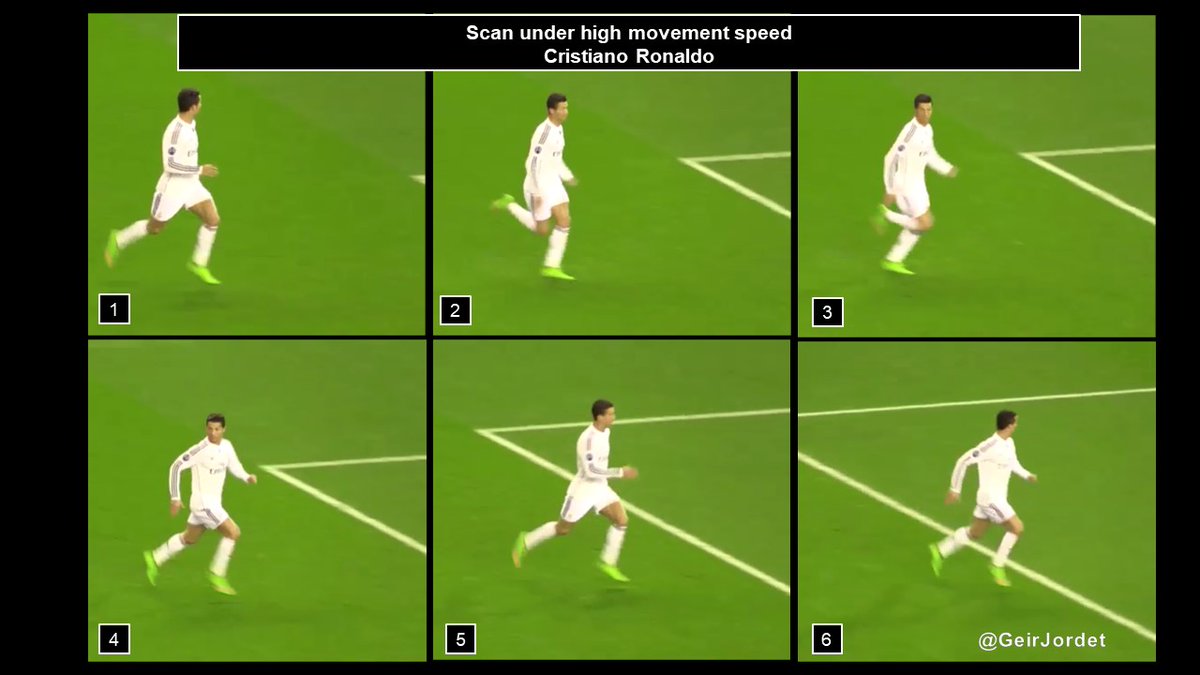
The rule is: Position yourself at the opposite side of where the player behind your back moves. If he moves to the right, you position to the left, etc.
• • •
Missing some Tweet in this thread? You can try to
force a refresh


